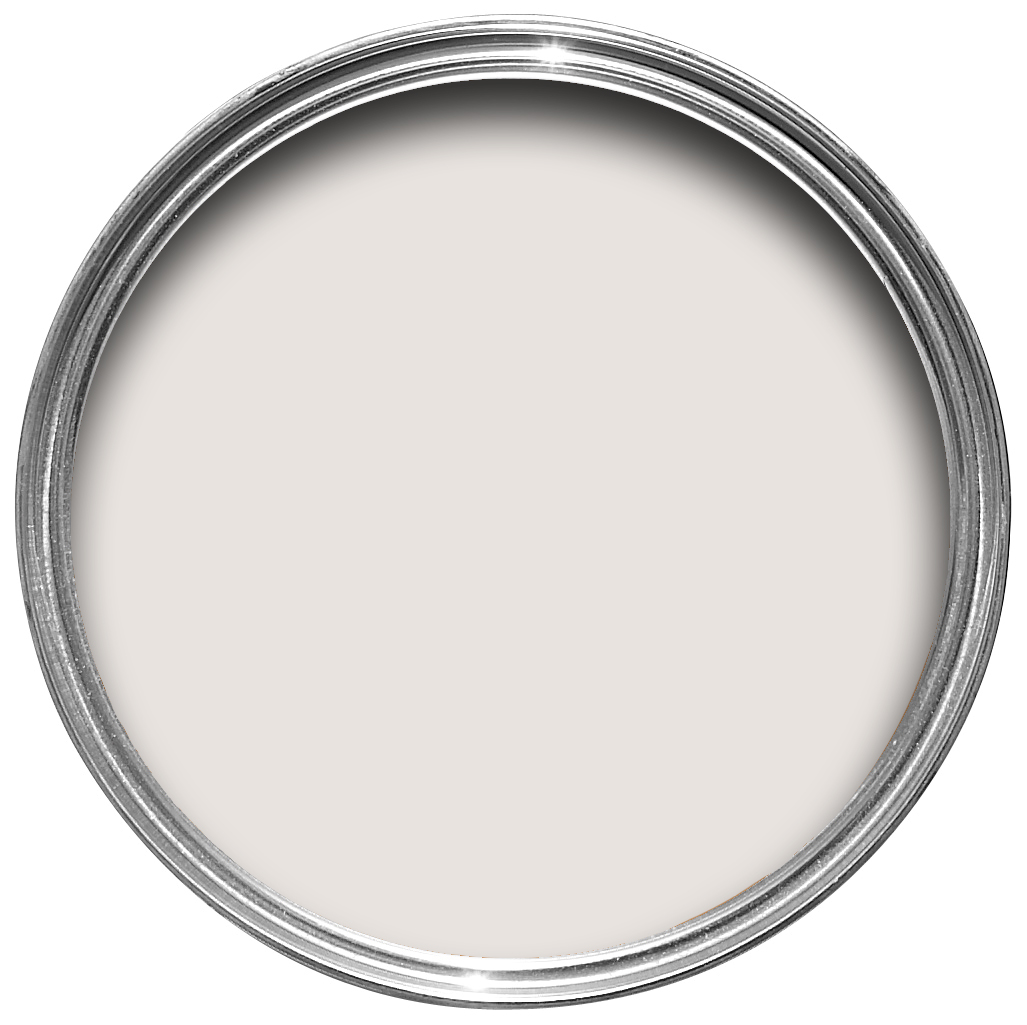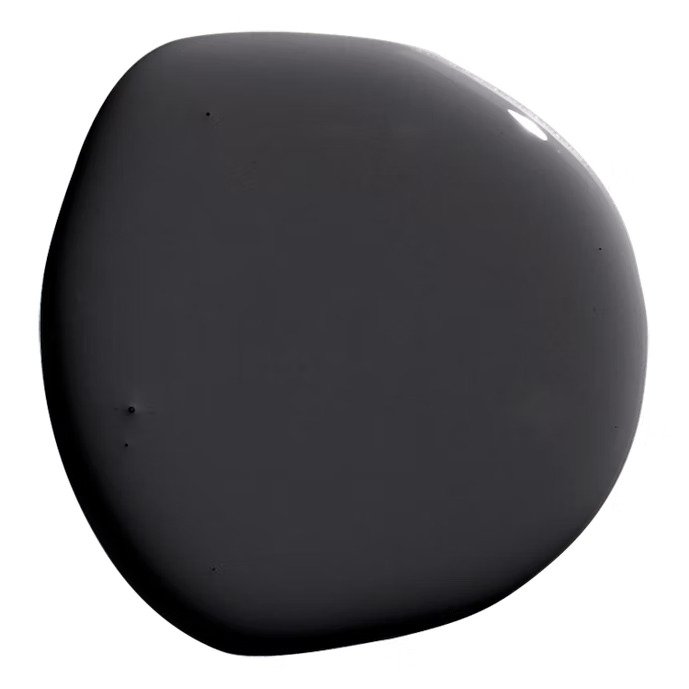Professional decorators are warning against using exterior paint indoors
'We urge you to think twice'

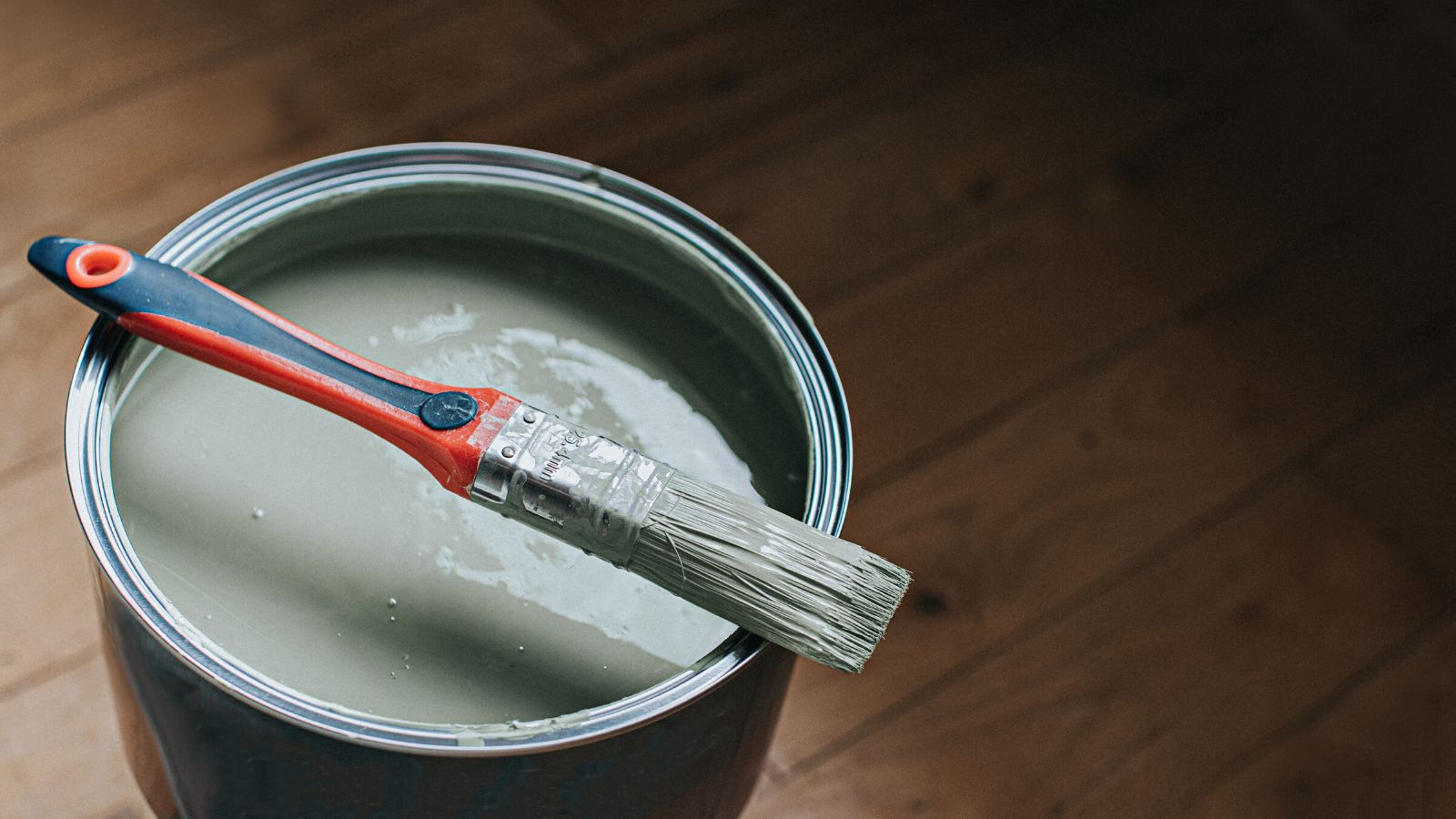
When looking for tough stain-resistant paint for a high-traffic area, exterior paint may seem like a good fit – so can you use exterior paint indoors?
There are plenty of common wall painting mistakes you can make, and using the wrong type of paint is one of the biggest. Even when painting wood furniture, the type of paint you pick is paramount to achieving an even finish that will stand up to daily use.
While near indestructible exterior paint and gloss may seem to be perfect for the job, it often lets off dangerous fumes that could be harmful when used indoors, experts warn.
Can you use exterior paint indoors?
Here, experts explain the hazards of using exterior paint indoors, and how to use it safely.
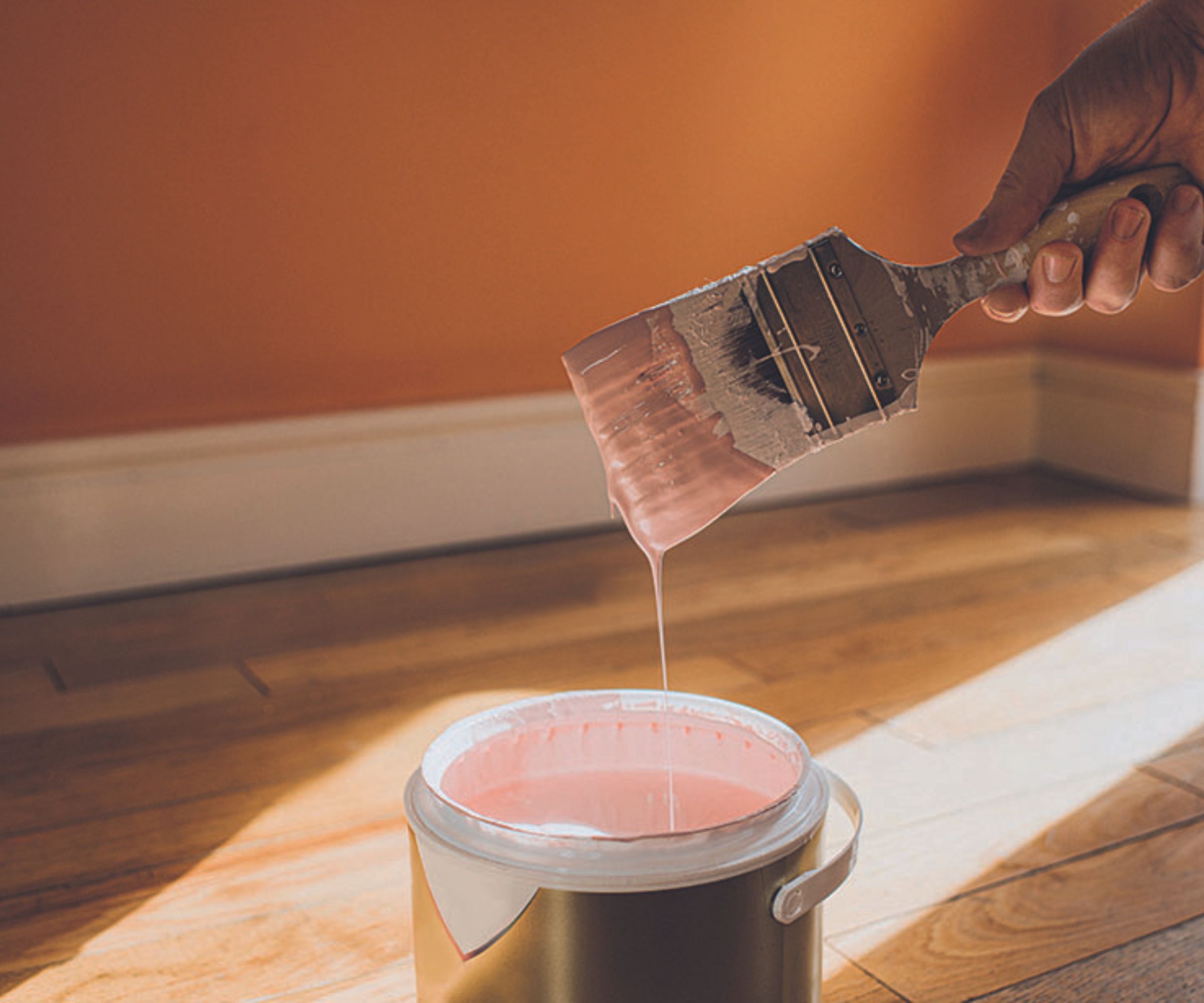
‘While using exterior paint inside may seem like a great idea, you could be exposing yourself to potentially harmful chemicals,’ explains home renovator and the owner of Creative Interiors, Carly Shafiroff. ‘Whether you have leftover gallons from an exterior project or you are simply looking for something more durable or fade-resistant than an interior-grade paint, we urge you to think twice.’
There is something more ominous to exterior paint than its strong smell, Carly warns. ‘Exterior grade paint contains additives that add to the weather resistance of the paint, oftentimes containing the additive acrylic latex. When used indoors these additives can be released into the air, and are potentially harmful. If you are looking for a highly durable and easy-to-clean paint finish, we suggest High Gloss.’
Not only will exterior paint damage your health, but it could damage your interiors too – ‘exterior paint may not adhere properly to interior surfaces, leading to a subpar paint job,’ adds Hanna Bell of GardeningHood, a home and gardening improvement blog. ‘On the other hand, interior paints are designed to be easier to clean, have a more pleasant odor, and adhere properly to interior walls. They also come in a wide variety of colors and finishes to create the look and feel you want in your home.
Design expertise in your inbox – from inspiring decorating ideas and beautiful celebrity homes to practical gardening advice and shopping round-ups.

Carly Shafiroff is a professional designer and founder of her own boutique studio. Over the years, Carly has created a name for herself designing spaces that inspire, ground and offer a relaxed retreat.
The difference between indoor and exterior paint
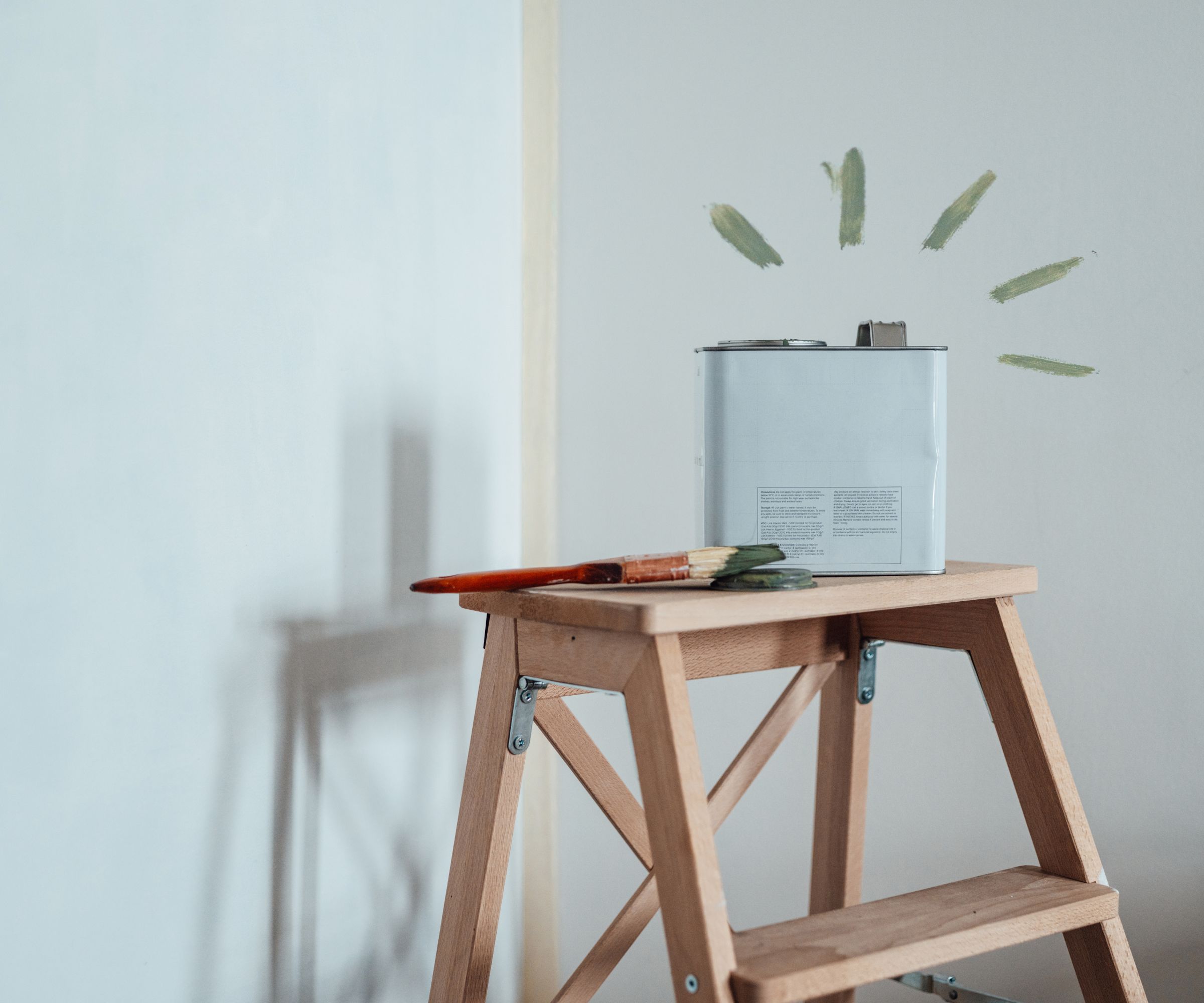
When picking between paint finishes, differentiating between external and internal paint should be pretty simple as there are some noticeable and important differences between the two.
‘The main difference between interior paint and exterior paint is that exterior paint is formulated to withstand harsh weather conditions such as rain, snow, UV rays, and extreme temperatures. It also has a higher resistance to mildew and mold growth which makes it ideal for outdoor use,’ explains Phi Dang, director of SidePost, a home services company.
Because of this special formula, exterior paint is likely to have a very strong fume smell and be oil-based, meaning it needs a paint solvent such as turpentine to wash away. ‘On the other hand, interior paints are designed specifically for indoor use and have lower levels of mildew resistance due to their low VOC content. They also come in a wider variety of colors than exterior paints so they are more suitable for decorating purposes.’
'In addition to the differences in VOCs and other chemicals, there are other differences between indoor and outdoor paint. For example, indoor paint is designed to be easy to clean and resist stains and scuffs,’ Stefanie Scott, founder of PotteryandCrafting adds. This thinner more versatile formula is often water-based too, making it easier to clean up after painting. ‘Overall, it's best to use paint that is specifically designed for the surface and environment it will be used in to ensure the best results and the safety of those using it,’ Stephanie reminds.
How to use exterior paint safely

While it is best to avoid using exterior paint indoors, if you are completing a project under enclosed cover such as a garage then it is important to take protective measures, experts warn. ‘You must ensure proper ventilation by opening windows and doors during application and curing time in order for fumes from the paint to dissipate quickly before entering your living space,' recommends Phi Dang of SidePost.
You may also benefit from wearing a painter's respirator mask, such as these on Amazon, suggests Stefanie Scott of PotteryandCrafting to avoid damaging your lungs with toxic paint fumes.
The best places to buy paint:
These brand's color collections are available in both interior an exterior finishes for the perfect finish to any home project:
FAQs
Can you use exterior paint inside a garage?
It is not advised to use tough exterior paint inside a garage for walls, ceilings, or furniture. Not only does it take a long time to dry but the continuing fumes can be harmful to your health. Instead, opt for tough latex paint designed for high-traffic areas.
You may be able to paint other items such as yard furniture or posts with expert paint under the cover of your garage so long as you leave the garage door open for good ventilation as you do and move the item outside to dry fully afterward.
Is exterior paint toxic after it dries?
Although there is no set verdict on how long exterior paint remains toxic, it is generally agreed by experts that exterior paints will continue to give off fumes that are harmful to health for a while after it appears completely dry. As a result, you should leave anything painted with exterior paint outside for a few months before using it indoors for any reason.
Using exterior paint inside may seem fine, but has more hidden hazards attached to it than you might think. When approaching a painting project, do it it right and do it once to avoid expensive mistakes.

Chiana has been at Homes & Gardens for two years and is our resident 'queen' of non-toxic living. She spends most of her time producing content for the Solved section of the website, helping readers get the most out of their homes through clever decluttering, cleaning, and tidying tips. She was named one of Fixr's top home improvement journalists in 2024.
